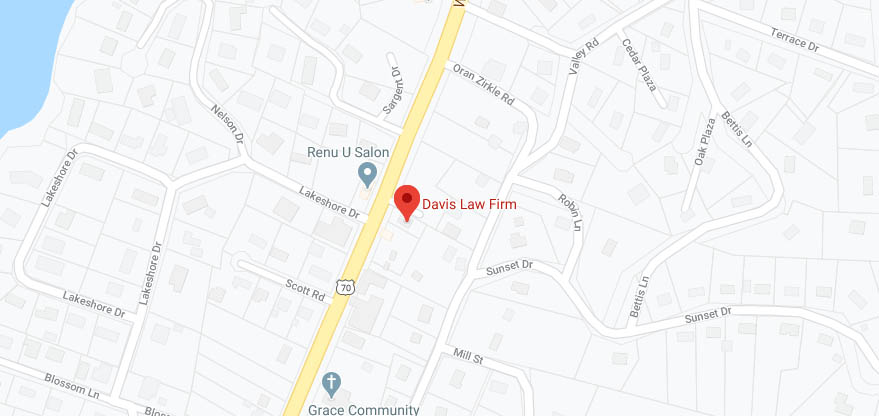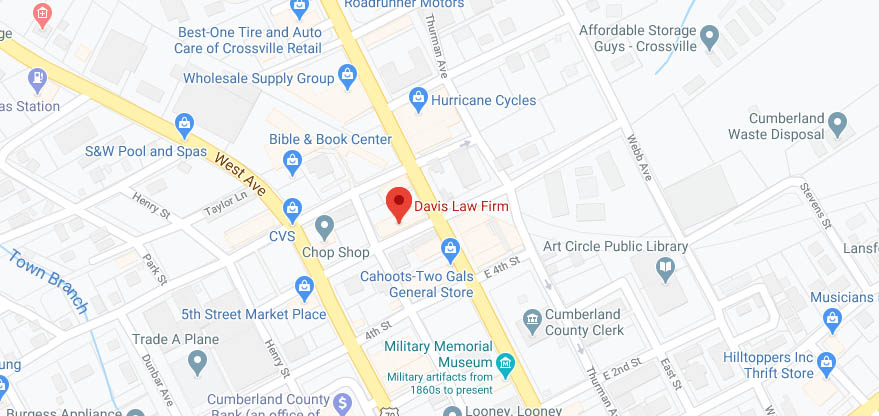The sudden force and impact of a car accident can cause a variety of personal injuries, especially soft tissue injuries. Injuries like these can make any kind of physical labor difficult or impossible until the damage heals fully. Doctors will often advise resting and refraining from strenuous activity. For people who have to do physical activities for their job, a soft tissue injury to the leg or arm can lead to lost wages. If you suffered this type of injury from a car accident caused by a negligent driver, be sure to contact a Tennessee auto accident lawyer to discuss options for compensation.
Types of Soft Tissue Injuries
There are two main types of soft tissue injuries caused by car accidents: sprains and strains. These injuries result when the muscles, tendons, or ligaments are bruised, stretched, or torn. Depending on which of these damages you suffered, your injury may heal within a few days or weeks.
Sprains describe a stretch or tear in a ligament. Ligaments are vital for movement because they connect your bones and joints together. Ankles and wrists are common sites for soft tissue injuries to occur. Since many people naturally brace themselves for the impact of the airbag or front seat with their arms, wrist sprains are not uncommon after an unexpected car accident.
Strains happen when a muscle or tendon is damaged. Muscles enact movement and tendons attach the muscles to the bone. Without these, movement is not possible. This is why severe strains that result in tears can prevent you from walking or using your hand. The most common places for strains are in the feet and legs. Swelling and muscle cramping are also common.
Treatments for Soft Tissue Injuries
Treatments for strains and sprains tend to be handled with rest, ice, compression, and elevation. This is to reduce inflammation to allow healing. Rest does not always mean you have to avoid all physical activities, but it does mean you need to take some time in the day to rest the affected area. However, if the injury is severe enough, your doctor may advise you to avoid using that area when performing activities.
Pain medications can be taken to lessen the pain symptoms. Physical therapy may be ordered for leg and arm sprains or strains since these areas require complex movements. For tears, a surgical operation may be required to piece the tendon, muscle, or ligament back together. Certain surgeries and physical therapy sessions may not be covered by insurance and can add up to thousands of dollars in some cases.





